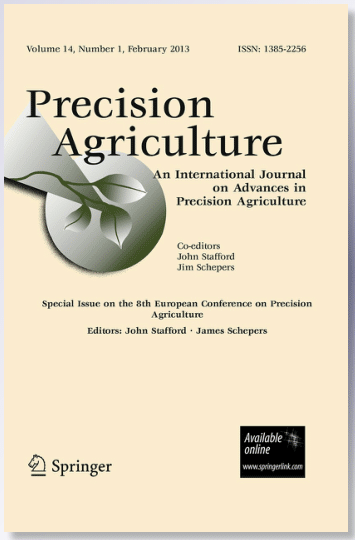There is growing interest in using canopy temperature (Tc), including crop water Stress index (CWSI), for irrigation management. However, Tc varies greatly in one day, while soil water content (SWC) varies little, which may lead to different conclusions on whether irrigation is needed based on CWSI at different times. For this end, Tc of winter wheat was continuously monitored, and the data of such environmental factors as atmospheric temperature and soil water content (SWC) were simultaneously collected. CWSI was calculated based on empirical formulation and Tc and CWSI were generalized based on the normalization formulation. The correlation SWC between Tc and CWSI before and after generalization was compared and error analysis was based on SWC theoretical formula. The results showed: (1) the accuracy of SWC retrieval by Tc and CWSI increased firstly and then decreased with time during the day. The optimal time for Tc monitoring SWC was between 10:00 ~ 16:00 (R2 > 0.72) and the optimal time for CWSI monitoring SWC was between 9:00 ~ 18:00 (R2 > 0.69). (2) CWSI and Tc were mapped based on the relationship between crop water stress and soil water deficit and normalized canopy temperature expressions characterized the relationship between crop water stress and soil water deficit. (3) The accuracy of inversion of SWC by mapping Tc from 18:00 ~ 8:00 is increased from 0.5 ~ 0.6 to 0.7 ~ 0.8; the accuracy of soil water content inversion by mapping CWSI from 18:00 ~ 8:00 was improved from 0.2 ~ 0.4 to 0.4 ~ 0.6. (4) The theoretical expression of SWC deduced based on CWSI also proves that considering the relationship between crop water stress and soil water deficit change can effectively reduce the relative error from 30 to 5% in the morning and evening. This study contributes to the understanding of the reason why the correlation between Tc and SWC varies greatly during the day and solves the time-limited problem of thermal infrared remote sensing monitoring of crop water stress.



